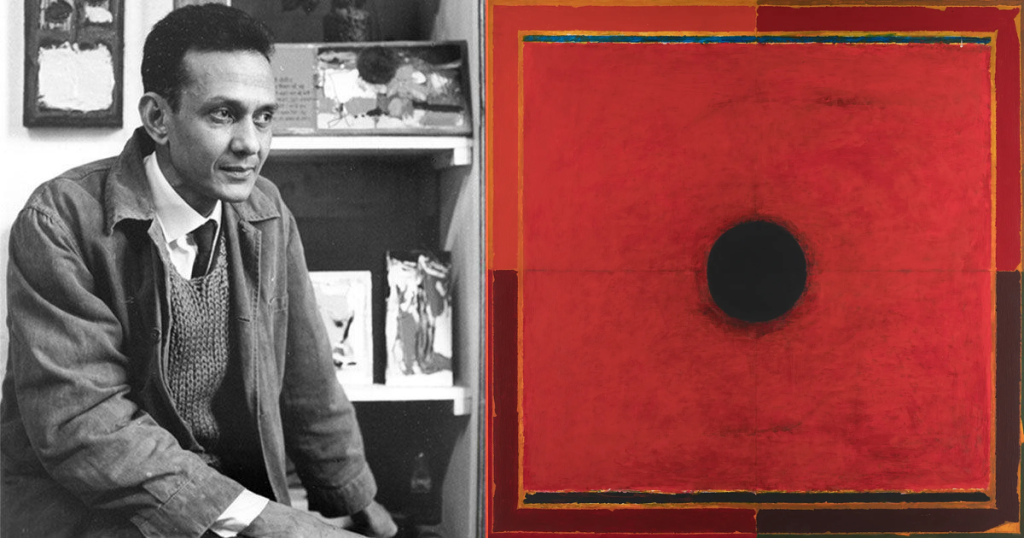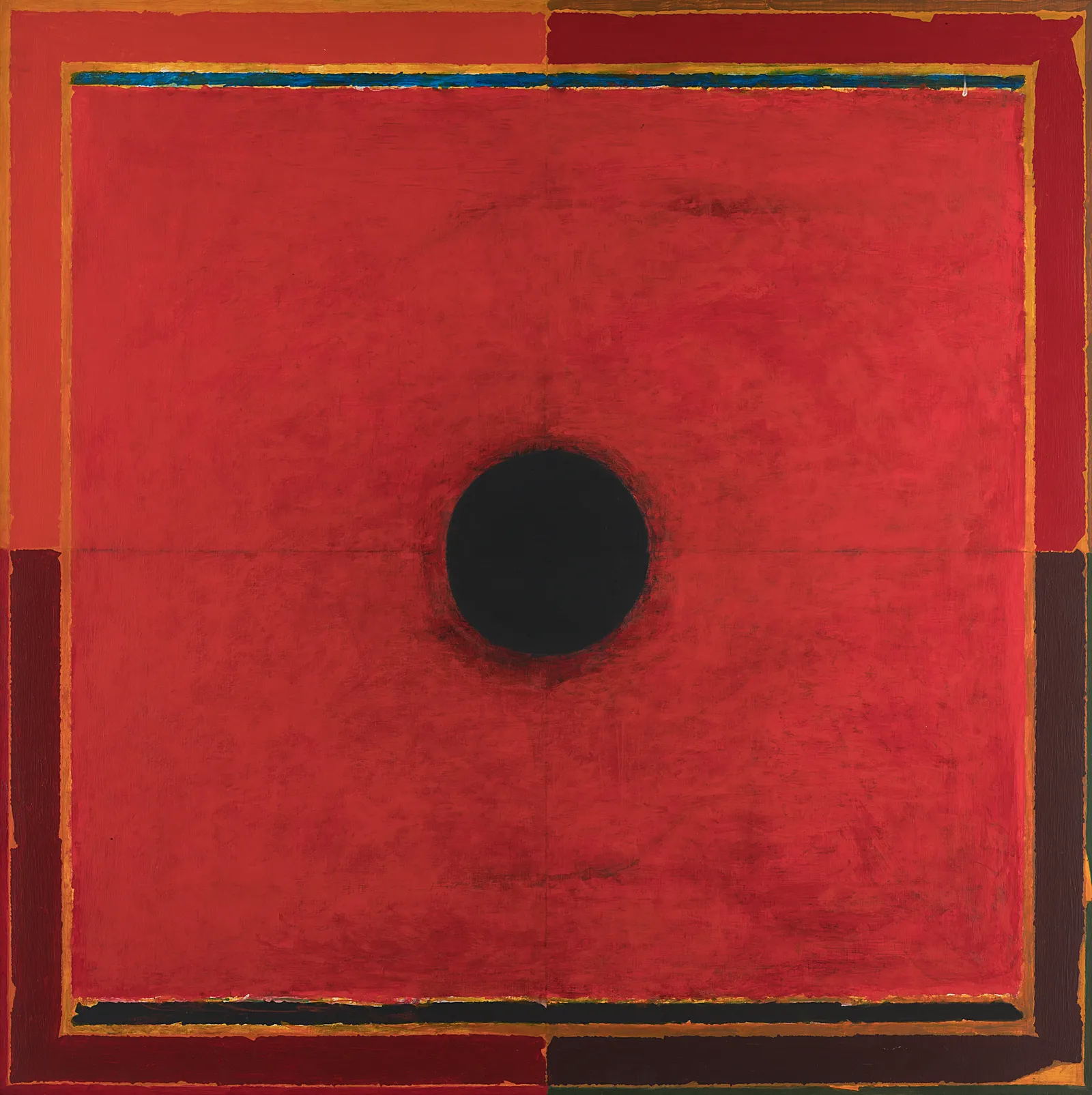Manjeera
Knowledge can be gained at any age. After having a detailed study on topics there are things unknown to us. So, we at Abirpothi present before you the lesser-known facts about artists around the world.
Sayed Haider Raza
To draw and paint is an elementary thing, it has to be done. But it can be a mental process, intellectual process, thought process. It is a question of the temperament of each artist, there are abstract painters, figurative painters, and painters who work in silence or who don’t want to work at all, but they continue with ideas in their minds and in their souls. It’s very fascinating; it’s a vast area without rules or regulations.
S. H. Raza
Syed Haider Raza (1922-2016), commonly known as S.H. Raza, was an Indian painter who was one of the most significant artists of the 20th century. Raza was born in 1922 as the son of a forest ranger in the central Indian state of Madhya Pradesh. his artistic talents were realized at a young age and he studied at the Sir J.J. School of Art in Mumbai before moving to Paris in the 1950s, where he became a part of the renowned École de Paris. Raza spent most of his active career in France, from the years 1950 to 2011, until his return to India again. His paintings are characterized by abstract expressionism and later geometric expressionism, combining Western avant-garde artistic technique with his own conceptions of spirituality. Raza’s works have sold for millions of dollars at Christie’s, his most expensive painting being “Saurashtra”, sold for ₹16.42 crore.
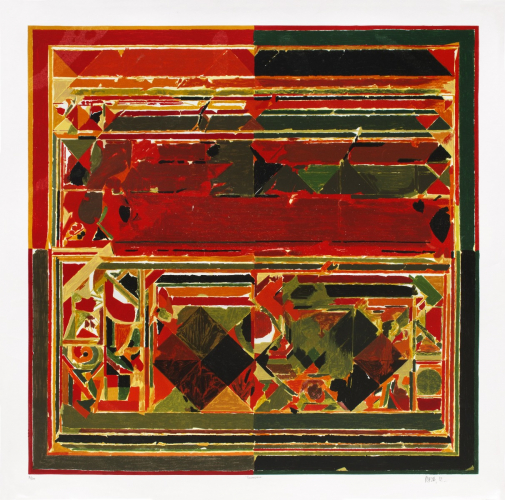
11 lesser-known facts about Sayed Haider Raza
- Raza grew up in Kipling country. He grew up near the Kanha National Park, which is also called Kipling country as the British author Rudyard Kipling had gained inspiration for The Jungle Book in the same region.
- MF Husain and Raza briefly butted heads at a group exhibition run by fellow artist Bal Chhabda where Raza’s work was priced higher than Husain’s. Husain returned the next day with three paintings that resembled Raza’s work but were priced very low. Both Husain and Raza resolved this conflict amicably and Husain even composed a verse when the group came together in the evening.
- Raza was greatly influenced by the poetry and dairies of Rainer Maria Rilke.
- Raza had a very secular upbringing which would go on to reflect in his later days. Ashok Vajpeyi, a friend of Raza’s and a trustee of Raza Foundation has this to say: “Few people realise that Raza would regularly visit the temple and the church, while being a practicing Muslim. In that sense, he followed different religions, but stopped short of being overtly religious, and in addition, maintained a trilingual approach to his work and life – being equally fluent in French, English and Hindi,”
- Raza was a romantic at heart. His letters to his lover Janine Mongillat, who was a French artist, reveal his intense passion. He writes: “I need to make you believe that all true love is exclusive, that I beckon only one person, and that person is you. May god grant me the power to say “I love you” as it has never been said.”
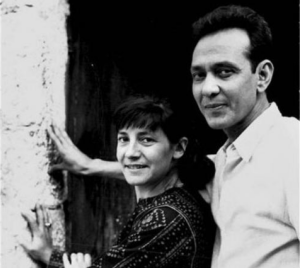
Raza and Janine
Courtesy- The Asian Age - The origin of the Bindu, one of Raza’s most crucial motifs, has a strange origin. Raza mentions in his memories that his primary school teacher Shri Nandlalji Jharia used to ask Raza to stay back at staring at a dot on a white wall as the artist used to be extremely inattentive. This would later go on to be a core memory.
- Raza’s family origins are interesting. Raza’s grandfather belongs to a reputed family in Delhi and it has been estimated that he was linked to Mughal emperor Bahadur Shah Zafar’s court.
- One of Raza’s good friends and mentors was the French photographer Henri Cartier-Bresson. He advised Raza to come to Paris in order to gain a deeper understanding of his artistic form.
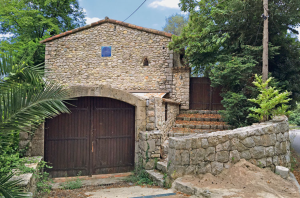
The Villa Raza was the home of S.H. Raza and was shared with his wife, the talented artist Janine Mongillat
Coutesy- Raza Foundation - Raza and his partner Janine bought a summer home-cum-studio in Gorbio, a village close to Menton in the south of France, where Raza painted many of his best-known works such as Saurashtra.
- Raza had a tumultuous relationship with his father when he was young, but in his later years, he sought to reconcile it, insisting that he should be buried next to his father.
- Raza was a co-founder of the Progressive Artists’ Group, which was a collective of artists in Mumbai who aimed to create a new form of Indian art that was both modern and rooted in Indian culture.
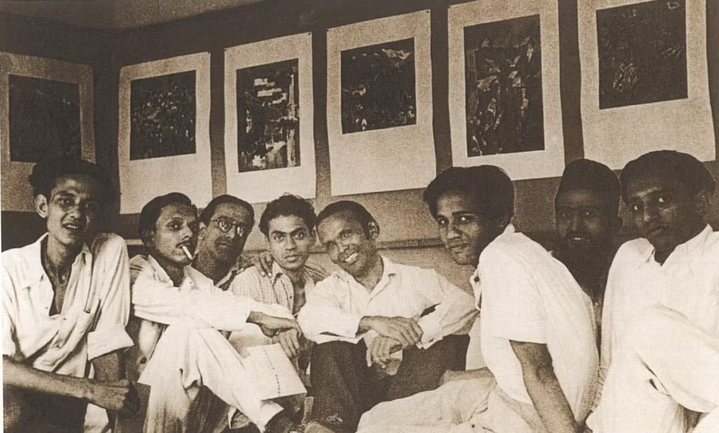
S.H. Raza (leftmost) with M F Husain (second from right). Courtesy- The Mint

